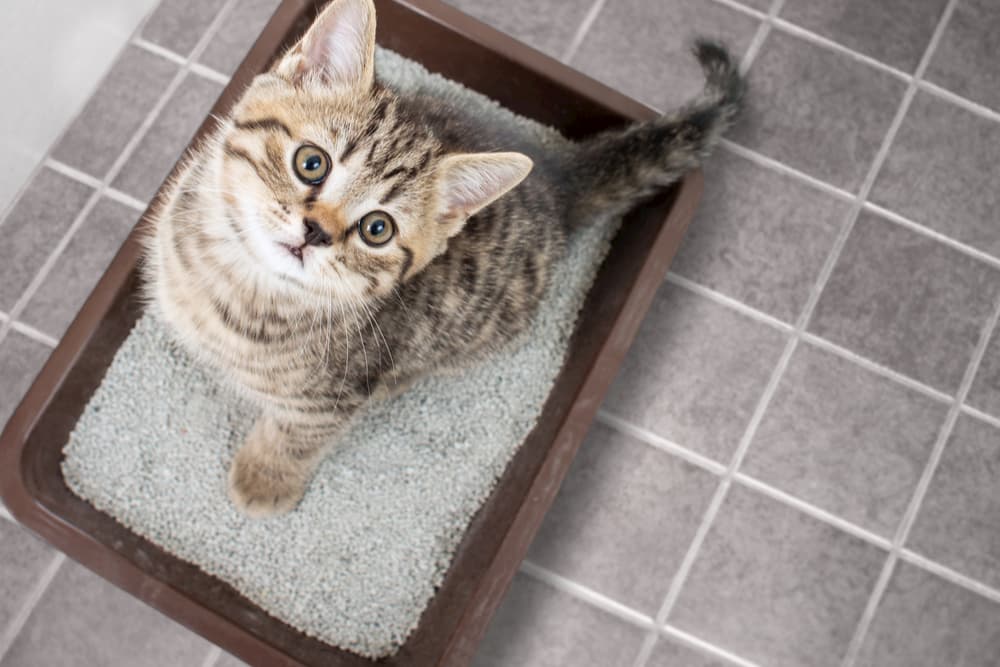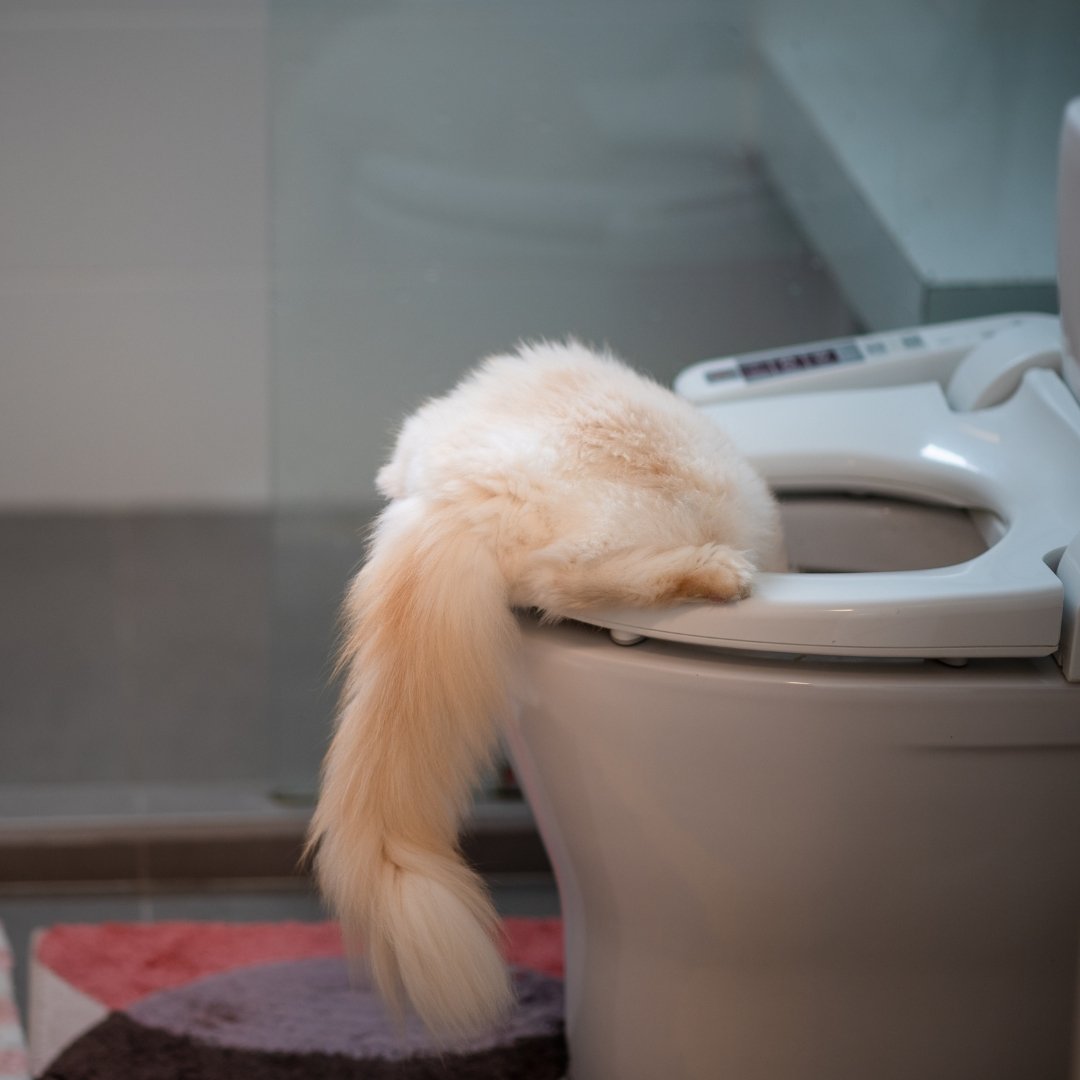Just about every person seems to have their own unique piece of advice about 4 Reasons Why Dog Poop Cleanup is Important.

When it pertains to throwing away waste, particularly animal waste, lots of people often turn to the convenient option of flushing it down the bathroom. Nonetheless, this seemingly very easy remedy can have severe repercussions for the environment and public health. In this write-up, we'll discover why flushing animal waste down the commode is a negative idea and offer alternate approaches for appropriate disposal.
Intro
Correct garbage disposal is vital for preserving environmental sustainability and public health. While it may seem harmless to flush animal waste down the commode, it can result in various issues, both for the atmosphere and human health.
Threats of flushing pet waste
Ecological effect
Flushing animal waste presents harmful microorganisms and virus right into waterways, which can negatively influence aquatic ecosystems. These virus can pollute water sources and injury aquatic life, disrupting fragile ecosystems.
Public health concerns
Pet waste has damaging microorganisms such as E. coli and Salmonella, which can posture serious health and wellness threats to people. Purging animal waste down the commode can infect water materials, resulting in the spread of conditions and infections.
Alternatives to flushing
Rather than flushing pet waste down the bathroom, there are several alternate disposal approaches that are more eco-friendly and hygienic.
Composting
Composting animal waste is an environment-friendly method to deal with it. By composting, organic matter is broken down right into nutrient-rich soil, which can be made use of to fertilize gardens and plants.
Land fill disposal
Throwing away pet waste in a garbage dump is another option. While not as environmentally friendly as composting, it is a much safer alternative to flushing, as it protects against the contamination of water resources.
Pet dog waste disposal systems
There are specialized pet waste disposal systems readily available that securely and hygienically dispose of pet waste. These systems typically utilize enzymes to break down waste and eliminate odors.
Actions to correct pet waste disposal
To guarantee appropriate disposal of pet waste, follow these actions:
Scooping and bagging waste
Frequently scoop and bag animal waste using eco-friendly bags. This prevents waste from infecting the atmosphere.
Making use of assigned waste containers
Dispose of bagged pet waste in marked waste bins, such as compost containers or landfill containers. Avoid flushing it down the bathroom at all prices.
Cleaning up can and family pet locations frequently
Consistently clean litter boxes and family pet areas to stop the accumulation of waste and germs. Use pet-safe cleaning products to keep hygiene.
Advantages of appropriate disposal methods
Embracing correct disposal methods for animal waste uses numerous advantages:
Lowered environmental pollution
Appropriate disposal approaches lower the danger of environmental pollution, safeguarding waterways and communities from contamination
Minimized danger of water contamination.
By avoiding flushing pet waste down the toilet, the danger of water contamination is substantially lowered, safeguarding public health.
Enhanced cleanliness and health
Appropriate disposal techniques advertise much better sanitation and health, creating a much safer atmosphere for both humans and animals.
Conclusion
Finally, purging animal waste down the toilet is damaging to the environment and public health. By taking on alternative disposal techniques and adhering to appropriate waste management methods, we can minimize the unfavorable influence check here of pet waste and contribute to a cleaner, much healthier planet.
Why You Should Never Flush Cat Poop Down the Toilet
A rose by any other name might smell as sweet, but not all poop is created equal. Toilets, and our sewage systems, are designed for human excrement, not animal waste. It might seem like it couldn’t hurt to toss cat feces into the loo, but it’s not a good idea to flush cat poop in the toilet.
First and foremost, assuming your cat uses a litter box, any waste is going to have litter on it. And even the smallest amount of litter can wreak havoc on plumbing.
Over time, small amounts build up, filling up your septic system. Most litter sold today is clumping; it is made from a type of clay that hardens when it gets wet. Ever tried to scrape old clumps from the bottom of a litter box? You know just how cement-hard it can get!
Now imagine just a small clump of that stuck in your pipes. A simple de-clogger like Drano isn’t going to cut it. And that means it’s going to cost you big time to fix it.
For an amusing, graphic tale of what happens when you flush too much litter down the toilet all at once, take a few minutes to read Gene Weingarten’s 2017 Washington Post column “So that’s what happens when you flush cat litter down the toilet.”
Parasitic Contamination
Believe it or not, your healthy kitty may be harboring a nasty parasite. Only cats excrete Toxoplasma in their feces. Yet it rarely causes serious health issues in the cats that are infected. Most people will be fine too if infected. Only pregnant women and people with compromised immune systems are at risk. (If you’ve ever heard how women who are expecting are excused from litter cleaning duty, Toxoplasma is why.)
But other animals may have a problem if infected with the parasite. And human water treatment systems aren’t designed to handle it. As a result, the systems don’t remove the parasite before discharging wastewater into local waterways. Fish, shellfish, and other marine life — otters in particular — are susceptible to toxoplasma. If exposed, most will end up with brain damage and many will die.
Depending on the species of fish, they may end up on someone’s fish hook and, ultimately on someone’s dinner plate. If that someone has a chronic illness, they’re at risk.
Skip the Toilet Training
We know there are folks out there who like to toilet train their cats. And we give them props, it takes a lot of work. But thanks to the toxoplasma, it’s not a good idea.
Leave the toilet to the humans, and accept your future litter cleaning duty.

Consistently clean litter boxes and family pet areas to stop the accumulation of waste and germs. Use pet-safe cleaning products to keep hygiene.
Advantages of appropriate disposal methods
Embracing correct disposal methods for animal waste uses numerous advantages:
Lowered environmental pollution
Appropriate disposal approaches lower the danger of environmental pollution, safeguarding waterways and communities from contamination
Minimized danger of water contamination.
By avoiding flushing pet waste down the toilet, the danger of water contamination is substantially lowered, safeguarding public health.
Enhanced cleanliness and health
Appropriate disposal techniques advertise much better sanitation and health, creating a much safer atmosphere for both humans and animals.
Conclusion
Finally, purging animal waste down the toilet is damaging to the environment and public health. By taking on alternative disposal techniques and adhering to appropriate waste management methods, we can minimize the unfavorable influence check here of pet waste and contribute to a cleaner, much healthier planet.
Why You Should Never Flush Cat Poop Down the Toilet
A rose by any other name might smell as sweet, but not all poop is created equal. Toilets, and our sewage systems, are designed for human excrement, not animal waste. It might seem like it couldn’t hurt to toss cat feces into the loo, but it’s not a good idea to flush cat poop in the toilet.
First and foremost, assuming your cat uses a litter box, any waste is going to have litter on it. And even the smallest amount of litter can wreak havoc on plumbing.
Over time, small amounts build up, filling up your septic system. Most litter sold today is clumping; it is made from a type of clay that hardens when it gets wet. Ever tried to scrape old clumps from the bottom of a litter box? You know just how cement-hard it can get!
Now imagine just a small clump of that stuck in your pipes. A simple de-clogger like Drano isn’t going to cut it. And that means it’s going to cost you big time to fix it.
For an amusing, graphic tale of what happens when you flush too much litter down the toilet all at once, take a few minutes to read Gene Weingarten’s 2017 Washington Post column “So that’s what happens when you flush cat litter down the toilet.”
Parasitic Contamination
Believe it or not, your healthy kitty may be harboring a nasty parasite. Only cats excrete Toxoplasma in their feces. Yet it rarely causes serious health issues in the cats that are infected. Most people will be fine too if infected. Only pregnant women and people with compromised immune systems are at risk. (If you’ve ever heard how women who are expecting are excused from litter cleaning duty, Toxoplasma is why.)
But other animals may have a problem if infected with the parasite. And human water treatment systems aren’t designed to handle it. As a result, the systems don’t remove the parasite before discharging wastewater into local waterways. Fish, shellfish, and other marine life — otters in particular — are susceptible to toxoplasma. If exposed, most will end up with brain damage and many will die.
Depending on the species of fish, they may end up on someone’s fish hook and, ultimately on someone’s dinner plate. If that someone has a chronic illness, they’re at risk.
Skip the Toilet Training
We know there are folks out there who like to toilet train their cats. And we give them props, it takes a lot of work. But thanks to the toxoplasma, it’s not a good idea.
Leave the toilet to the humans, and accept your future litter cleaning duty.

We had been shown that editorial about Can You Flush Dog and Cat Poo Down the Toilet? through an acquaintance on our other blog. Liked our piece of writing? Please quickly share it. Help somebody else locate it. I praise you for your time. Don't forget to come visit our site back soon.
Click Here